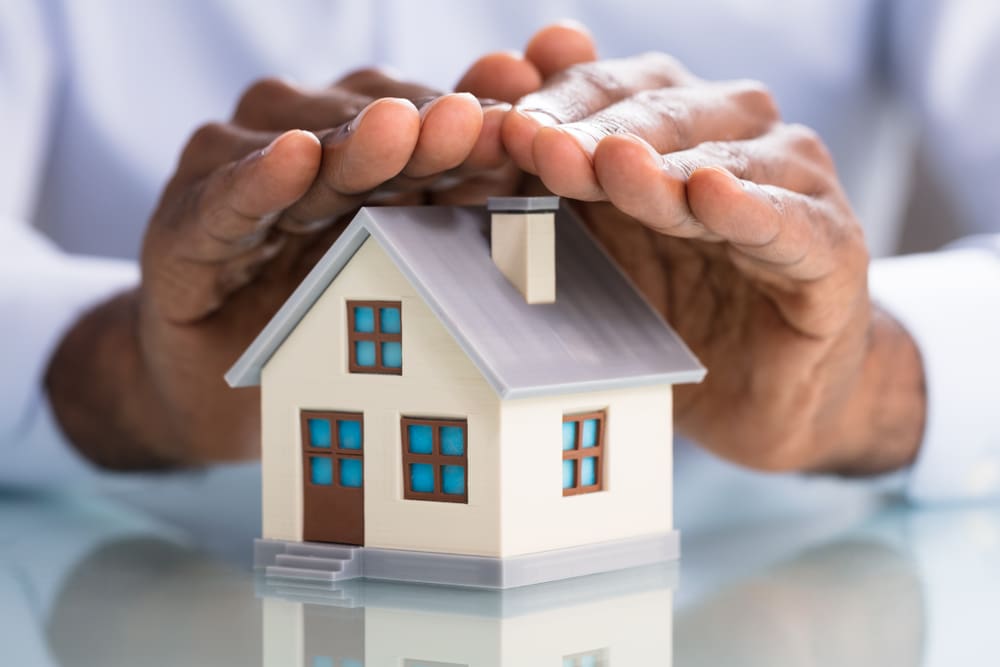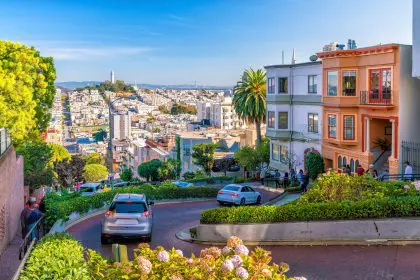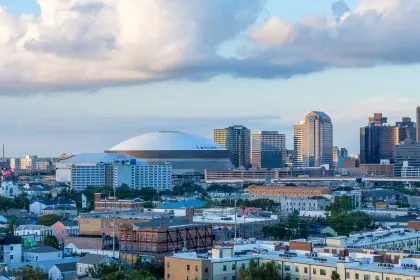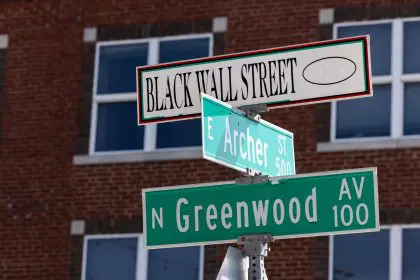New Orleans, a city renowned for its vibrant culture and historic architecture, has emerged as an unexpected frontrunner in the national real estate market. Property values in the Crescent City have risen at rates surpassing those of traditionally hot markets like Austin, Nashville, and Denver. This remarkable growth comes despite the city’s well-documented challenges with climate vulnerability and infrastructure.
The numbers tell the story
The latest market analysis reveals New Orleans residential property values have increased 17.2% year-over-year, compared to the national average of 5.9%. This places NOLA in the top three fastest-growing real estate markets among major U.S. cities. Notably, this growth isn’t isolated to luxury properties or specific neighborhoods—the appreciation spans across diverse areas from the French Quarter to New Orleans East.
- The Garden District has seen median home values rise 22.3%
- Bywater neighborhoods report 19.8% increases
- Uptown areas show 18.5% growth
- Mid-City properties have appreciated 16.7%
- Even flood-prone areas have experienced 11.9% growth
Average days on market have decreased by 38%, with many properties receiving multiple offers within 72 hours of listing. This competitive environment has transformed New Orleans from a buyer’s market to one strongly favoring sellers.
Post-pandemic renaissance fuels demand
The COVID-19 pandemic dramatically shifted housing preferences nationwide, with many professionals embracing remote work and relocating from dense urban centers. New Orleans has benefited tremendously from this migration pattern. The city offers a unique combination of cultural richness, architectural charm, and relative affordability compared to coastal metropolises.
Remote workers from California, New York, and Illinois comprise a significant portion of new buyers, with tech professionals leading the charge. These transplants bring coastal salaries to a market where housing costs, despite recent increases, remain lower than in their home cities.
New Orleans’ internationally recognized food scene, music heritage, and festival culture provide an attractive lifestyle proposition that many high-earning professionals find irresistible after experiencing the limitations of lockdown in less culturally vibrant locations.
Historic preservation drives premium pricing
New Orleans boasts one of America’s most extensive collections of historic architecture, with over 20 distinct historic districts. The limited supply of these irreplaceable properties creates natural scarcity in the market, driving prices upward as demand increases.
Properties in historic districts command premiums averaging 29% over comparable homes in non-designated areas. The French Quarter, Marigny, and Garden District lead this trend, with original architectural features and historic provenance significantly enhancing value.
The city’s Historic District Landmarks Commission has strengthened preservation regulations in recent years, further limiting new construction and major alterations in protected areas. While these restrictions can frustrate developers, they maintain the authentic character that attracts buyers and ultimately supports property values.
Renovation projects have surged 43% as buyers purchase historic properties requiring updating. These investments not only improve individual properties but elevate entire neighborhoods, creating a positive feedback loop of appreciation.
Economic development creates new demand centers
Beyond tourism, New Orleans has diversified its economy through strategic investments in technology, healthcare, and sustainable industry sectors. The development of the BioDistrict New Orleans, a 1,500-acre medical and research district spanning downtown and Mid-City, has created thousands of high-paying jobs and attracted medical professionals to the region.
The technology sector has found unexpected footing in New Orleans, with tax incentives attracting startups and established firms alike. The transformation of previously commercial buildings into mixed-use developments has created vibrant new neighborhoods where professionals can live near their workplaces.
Areas once overlooked by homebuyers have become hotspots as economic activity expands beyond traditional centers:
- The Warehouse District has transformed from industrial spaces to luxury condominiums
- The Lower Garden District has seen abandoned properties restored to their former glory
- Gentilly has attracted first-time homebuyers seeking affordability with proximity to growing employment centers
- New Orleans East has experienced renewed investment as housing pressures push development outward
- Algiers Point offers spectacular city views with ferry access to downtown, attracting commuters
These economic development zones create ripple effects in surrounding residential areas, pushing property values upward as housing demand outpaces supply.
Climate adaptation measures boost investor confidence
Despite New Orleans’ vulnerability to hurricanes and flooding, substantial investments in climate resilience have strengthened buyer confidence in the long-term viability of real estate investments.
The $14.5 billion Hurricane and Storm Damage Risk Reduction System, completed in 2018, represents one of the most comprehensive urban flood protection systems in America. Property values within protected areas have risen 24% faster than comparable properties outside the system.
Additionally, individual homeowners have embraced resilient building practices. Elevated homes, permeable paving, retention ponds, and other adaptation measures have become standard features in new construction and renovations. Properties incorporating multiple resilience features command premiums averaging 13.5% over comparable non-resilient properties.
Insurance companies have begun offering reduced rates for properties implementing approved resilience measures, further enhancing their attractiveness to buyers concerned about long-term costs of ownership in climate-vulnerable regions.
Cultural capital translates to financial value
Few American cities possess New Orleans’ distinct cultural identity. This cultural capital translates directly into financial value in the real estate market. Neighborhoods closely associated with authentic New Orleans experiences command premium prices from buyers seeking connection to the city’s traditions.
Properties near second line parade routes, traditional restaurants, music venues, and cultural landmarks sell for 17% more than comparable properties without these cultural amenities nearby. This cultural premium transcends typical amenity valuation seen in other cities, where proximity to parks or retail might increase values by single-digit percentages.
The city’s calendar of festivals and cultural events—from Mardi Gras and Jazz Fest to smaller neighborhood celebrations—creates seasonal rental demand that makes investment properties particularly lucrative. Short-term rental properties in culturally rich neighborhoods achieve occupancy rates 23% higher than the national average for comparable urban markets.
While some residents express concern about the impact of rising prices on the city’s cultural authenticity, others point to increased property values as providing resources for longtime owners to maintain historic properties that might otherwise fall into disrepair.
Long-term outlook remains strong
Analysts project New Orleans’ property value growth to moderate slightly but remain above national averages for the foreseeable future. The combination of limited housing supply, continued in-migration, economic diversification, and cultural distinctiveness creates a resilient market despite climate concerns.
The city faces challenges in balancing growth with preservation of affordability for essential workers and cultural contributors. However, initiatives like the Smart Housing Mix policy aim to ensure development includes units accessible to moderate-income residents.
As New Orleans continues reinventing itself while honoring its past, property values reflect growing national recognition of the city’s unique position in American urban life—a place where history, culture, and forward-looking resilience create extraordinary real estate value in an otherwise ordinary market time.
















